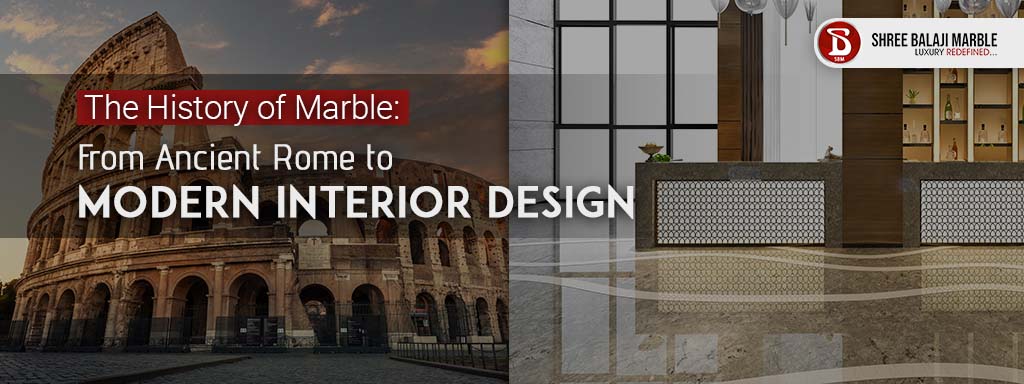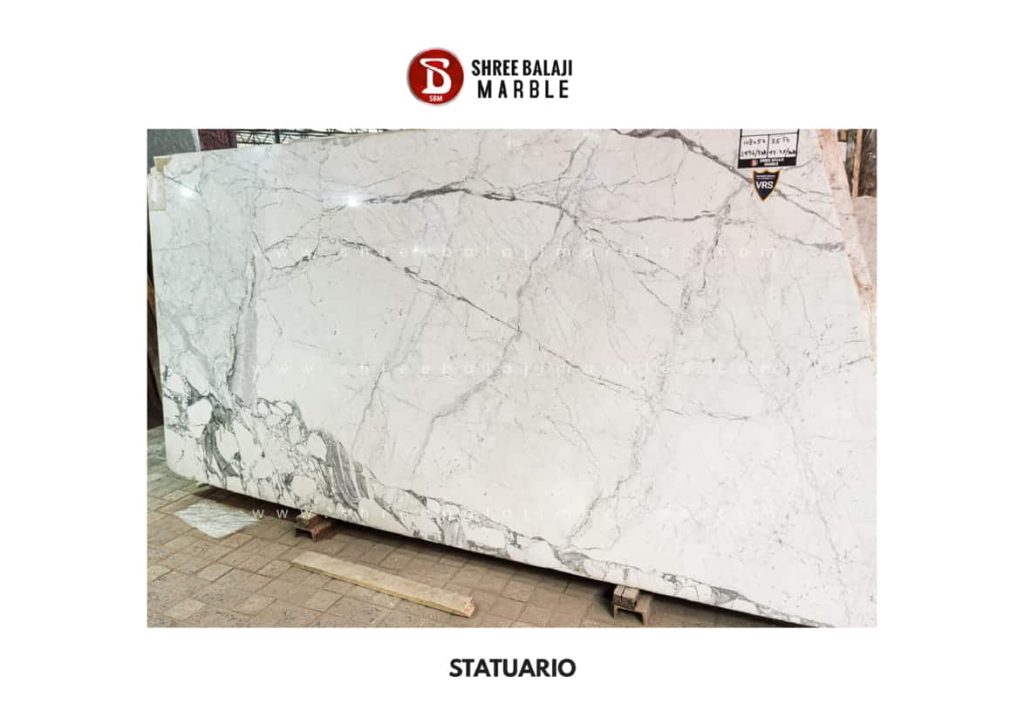
The History of Marble: From Ancient Rome to Modern Interior Design
Marble has been utilized in home design since ancient times, nobly by the Romans who favored its pure white color. From the majestic building of Rome to now adorning your home, it has been a symbol of luxury and sophistication.
It were primarily used in public, religious, and government buildings due to the cost and effort of quarrying the material. So how did it find its way to our homes? Where did the idea to make kitchen countertops or bathroom vanity tops from marble come from? In this blog, we will talk you to on a historical tour of marbles.

Marble Throughout History
For thousands of years, civilizations around the world have prized marble for its strength, beauty, and versatility. From the towering columns of the Parthenon to the intricate sculptures of Michelangelo, it has left an indelible mark on human culture.
In ancient Rome, it adorned the greatest structure of the empire, from temples and places to amphitheaters. The Romans believed that it was a gift from the gods, and they used it to create some of the most magnificent wonders that the world has ever seen.
Inspired by the classical beauty of ancient Greece and Rome, artists and architects rediscovered the beauty of it and began using it to create stunning works of art and architecture. Before its use, Grecian structures were made of wood. However, the Greeks and Romans recognized the durability and beauty of it.
As the method for procuring marble improved and the cost reduced, greeks and Romans began to use it within their homes. The Romans used Carrara and Calacatta for sculptures and construction as it pure white color.
Back then it was a symbol of luxury, it was primarily used in bathrooms and main rooms for conducting business.
Industrial Revolution and Marble
The Industrial Revolution brought about significant changes in the way marble was extracted and processed. With the advent of new technologies and machinery, marble quarrying became more efficient and cost-effective.
This led to a boom in its production and made it more accessible to people from all walks of life. It was no longer reserved for the rich and powerful; it became a staple material in homes, public buildings, and monuments around the world.
Modern Application of Marble in Interior Design
In today’s world, it is more popular than ever in interior design. Its timeless beauty and versatility make it the perfect choice for everything from kitchen countertops and bathroom tiles to flooring and furniture. Whether you prefer the sleek simplicity of minimalist design or the lavish luxury of maximalism, there’s a place for marble in every home.
Marble Trends in the 21st Century
- As we move further into the 21st century, it continues to evolve and adapt to changing tastes and trends.
From innovative new finishes and textures to sustainable quarrying practices, the future of marble looks brighter than ever. As our understanding of design and technology continues to grow, so too will our appreciation for this timeless material.
Conclusion
In conclusion, the history of marble is a testament to the enduring power of beauty and craftsmanship. From its ancient origins to its modern-day applications, it has captivated our imagination and inspired awe for millennia.
Whether you’re marveling at the grandeur of a marble palace or admiring the elegance of a marble countertop, one thing is clear: it truly is the stuff of legends.